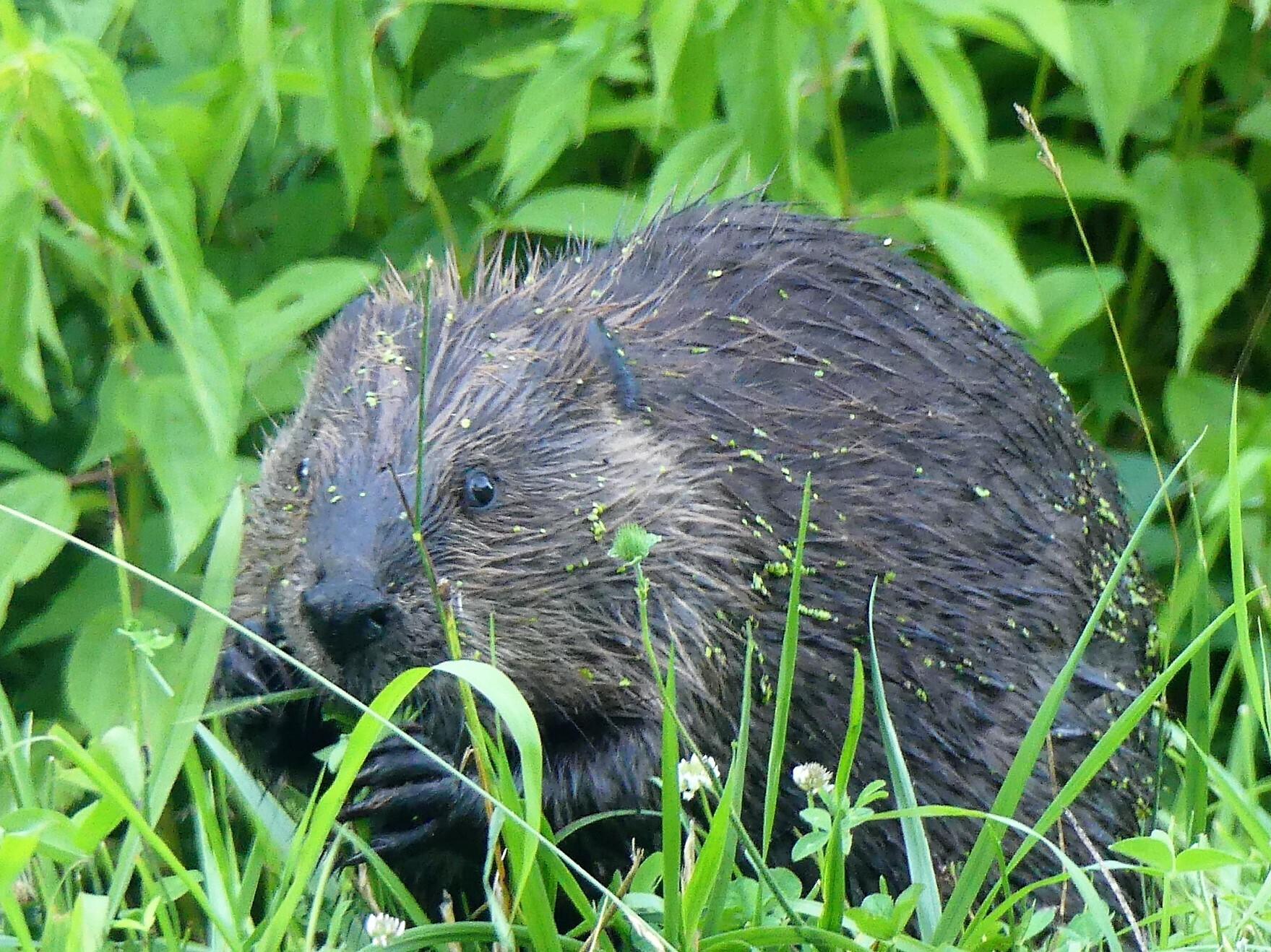Updated: June 26, 2024
Recovering Northern Bobwhite Quail: A Guide to Habitat Management (FS-2023-0683)
Authors:
Luke Macaulay
Northern bobwhite quail populations in Maryland have experienced significant declines over the past 50 years. This publication provides a comprehensive guide to habitat management aimed at reversing this trend. The key strategy involves creating and managing early successional habitats, which are essential for quail survival. These habitats include a diverse mix of forbs, native bunchgrasses, and shrubby cover. Effective management practices highlighted in the guide include fallowing agricultural land, implementing forest management techniques, using prescribed fire, disking, applying herbicides, and managing grazing. Each practice contributes to maintaining the habitat structure necessary for quail and other species. By fostering these habitats, landowners can support not only quail but also a broader range of grassland and shrubland bird species, as well as other wildlife. The guide emphasizes that proactive and consistent habitat management is crucial for the recovery and long-term sustainability of northern bobwhite quail populations in Maryland. Author: Luke Macaulay; Title: Recovering Northern Bobwhite Quail: A Guide to Habitat Management (FS-2023-0683)
Updated: November 26, 2023
A Beginner’s Guide to Birding & Citizen Science (WB-2022-0643)
Authors:
Torrey Silliman
The Beginner’s Guide to Birding & Citizen Science is a self-paced, online class with seven modules that provide participants with information and tools for youth interested in birding. Each lesson provides an interactive presentation, a class discussion, and additional resources. Author: Torrey Silliman; Title: A Beginner’s Guide to Birding & Citizen Science (WB-2022-0643)

